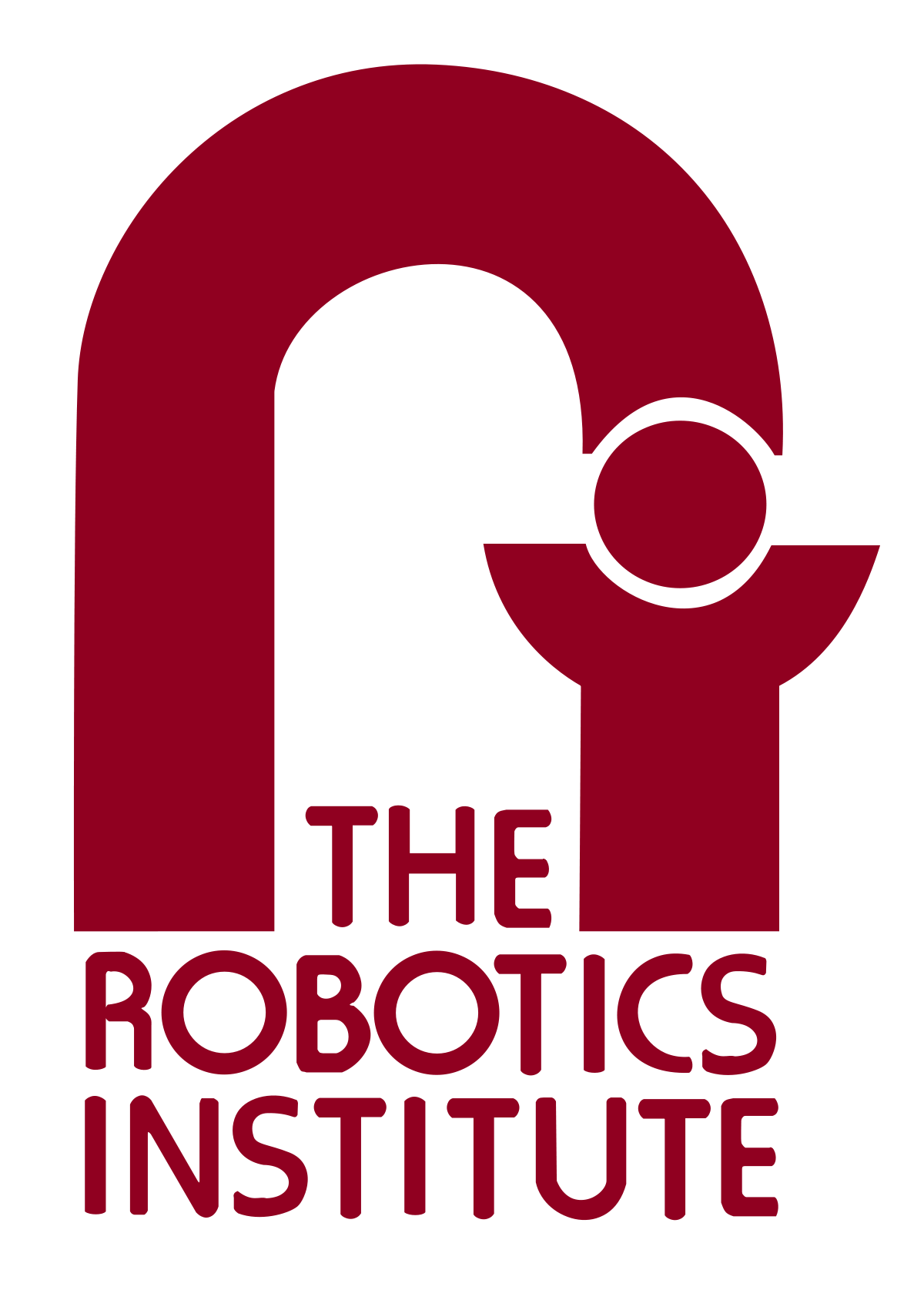FVE Performance
UAV Subsystem
- We were able to successfully complete the GPS Waypoint Navigation of the UAV. We were well within the tolerance range of +/-5m.
- We were able to detect 10 April tags from a height of 5m, with the accuracy of 100%.
- We were able to localize two April tags with respect to each other. The actual distance between the April tags – 2m, Our reading of the distance 1.95m.
AGV Subsystem
- We were able to successfully complete the GPS Waypoint Navigation of the UAV. We were well within the tolerance range of +/-5m.
- We reduced the tolerance for FVE Encore to +/-3m and still, we were well within the range in that experiment too.
FVE Conclusions
Strengths:
-
- Robust GPS waypoint navigation capabilities of UAV and AGV.
- Stable April Tag Detection from a height of <=5m.
- Accurate April Tag Localization (much within the specified threshold).
- Easy to setup system.
- Great understanding and collaboration among team members.
Weakness:
-
- Low flying ceiling for the UAV.
- Standalone IMU integration
- Testing at night and in bad weather.
Areas of Improvements:
-
- Improvement in safety measures while demonstrating and testing subsystems.
- Better introductions to various subsystems to be tested.
- Increase UAV flying height with due considerations to the safe ceiling.
- Using better material for April Tags printing, to improve the detection.
- Replacing phone IMU with a better low-cost IMU.
SVE Performance
Our SVE metrics consisted of the following goals:
- AGV arrives within 3 m of final destination
- AGV navigates the path in less than 10 mins
- AGV avoids 100% of static obstacles.
- UAV-AGV system navigates faster than the AGV-alone system.
During the SVE, we have been able to achieve all of our targeted requirements. Thus, at a system-level, our design and implementation were successful with regards to our metrics. However, there are elements of our system that can be improved. They relate to the underlying sub-systems and we saw during the SVE that these areas could perform better.
Strong Points
-
- Robust area exploration algorithm for the UAV. The UAV will always explore around the nodes to find the next April Tag and prune all dead ends.
- Stable April Tag Detection from a height of <=5m due to the use of 12 x 18 sheets.
- The goal point for the Husky can be given as a local location by clicking on the rviz GUI also as a global location in form of GPS latitude, longitude and orientation values.
- The localization of the Husky robot using dual EKF fusing data from IMU, Odometry and GPS is accurate and stable.
- Easy control of the Husky robot using Game Controller is very responsive and helpful in emergency situations.
Weak Points
-
- Unreliable communication between the AGV and the UAV due to a software bug in the global path planner. Under certain circumstances, the internal graph representation may become disjointed. If this happens, then the software fails to find a path through the graph. We were aware of this issue before the SVE but only completed fixed for the SVE encore.
- Exploration algorithm takes very long. Although we stated the robustness of the exploration algorithm, pruning dead ends and exploring ahead is very slow. This comes down to a number of reasons: latency in the video feed, non-PID flight controls, inefficient pruning algorithm.
- As the waypoints given to the Husky by Bebop are GPS values, system is heavily dependent on the accuracy of GPS signals. The performance of the system in terms of reaching the intermediate waypoints and final gps location is dependent on the weather and quality of signal received by the satellites.
- The waypoints given by the bebop are only latitude and longitude values whereas the navigation stack on Husky requires a orientation/heading along with all the GPS values. We were running the Husky on a fixed orientation value for the SVE but we corrected this by calculating the heading value taking into account the previous GPS value for SVE encore.
- Imu requires calibration based upon the environment it is being used in, which can be a limiting factor. The absolute Yaw values are heavily affected by the calibration of magnetometer in IMU.
- Converting the location of April Tags to latitude/longitude using GPS on the drone and then following the GPS locations using the feedback from ground robot can add error from both the GPSs.
- Testing at night and in bad weather – The optical sensor of the drone requires sufficient amount of light to operate and stabilize the drone. Hence testing at night is not an option for us. Also testing in bad weather could result in possible danger and should be avoided.
Refinement Areas
-
- Improve exploration algorithm for the UAV
- Increase UAV flying height with due considerations to safe ceiling.
- Better localization for the AGV using RTK based GPS, which can increase the GPS accuracy and reduce the dependency on weather.
- Instead of using the GPS values for waypoint following, bebop can provide the distance required to be travelled by Husky in terms of x and y, reducing dependency on one of the GPS.
